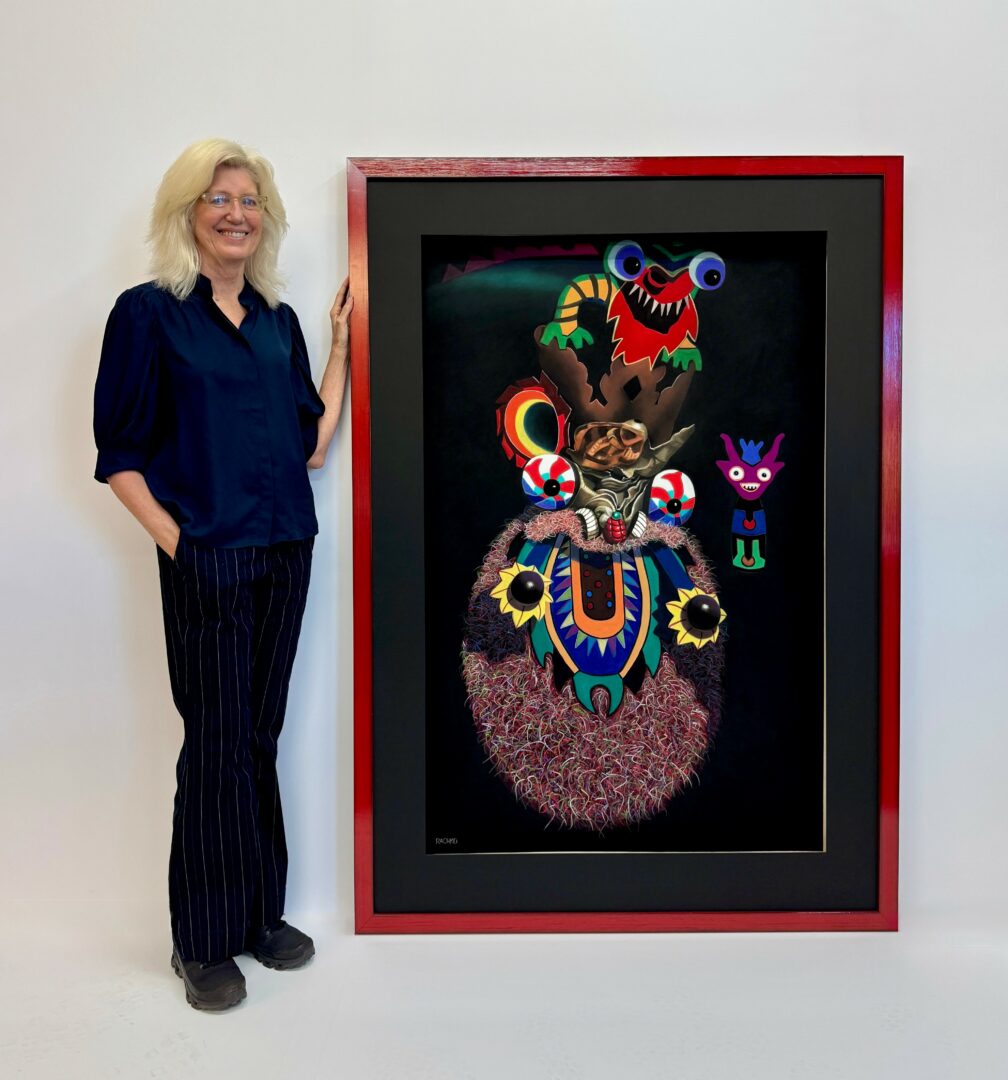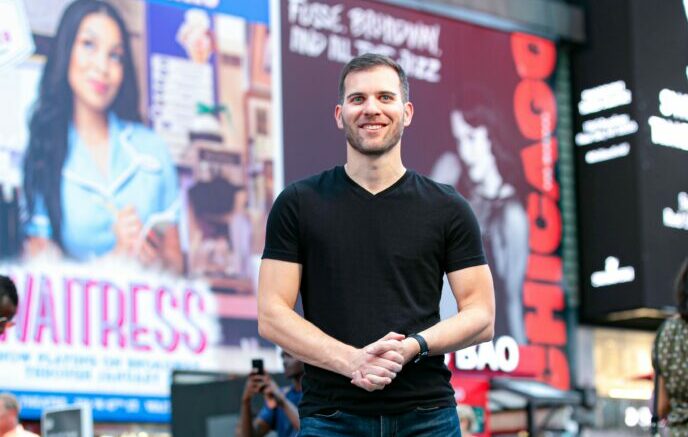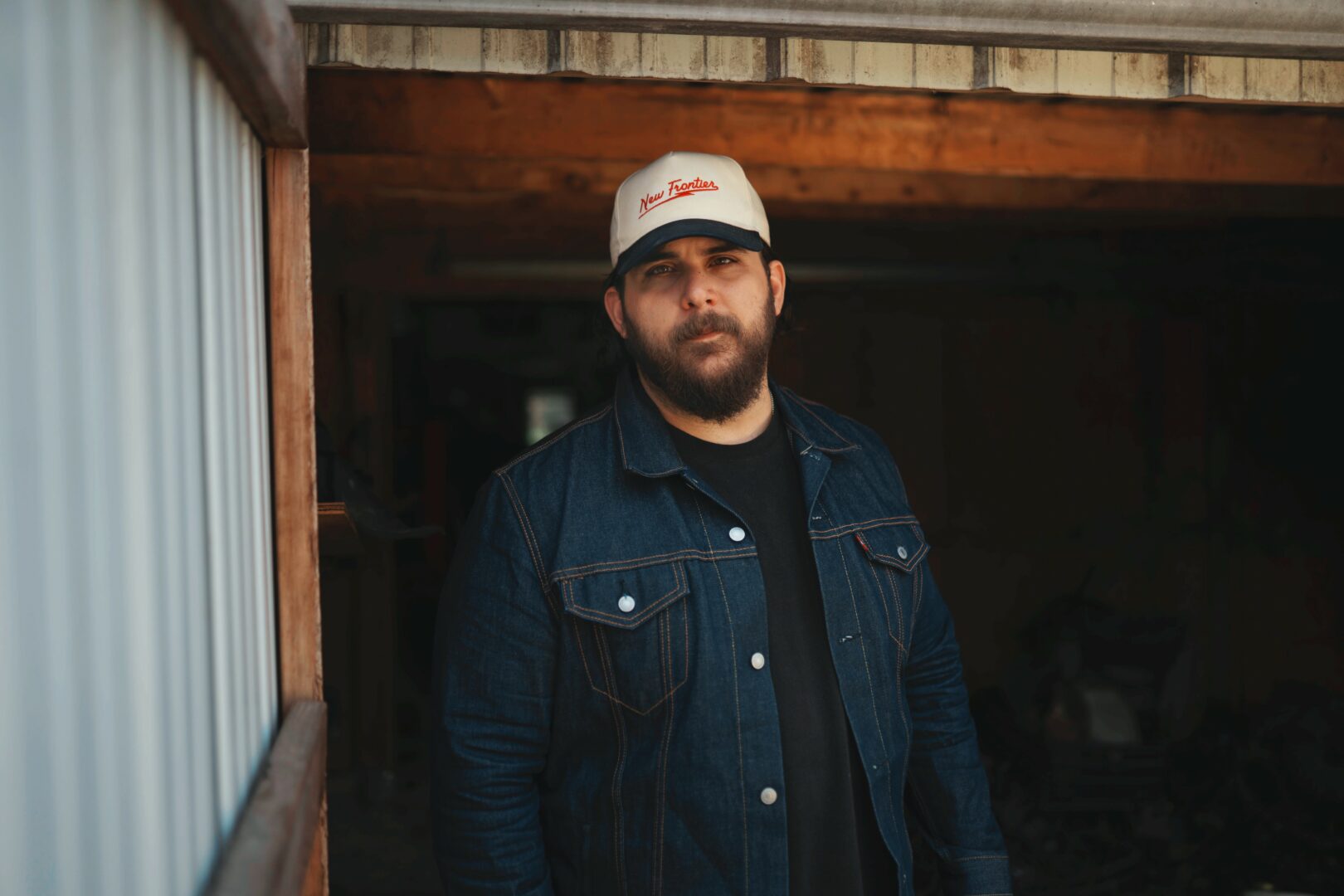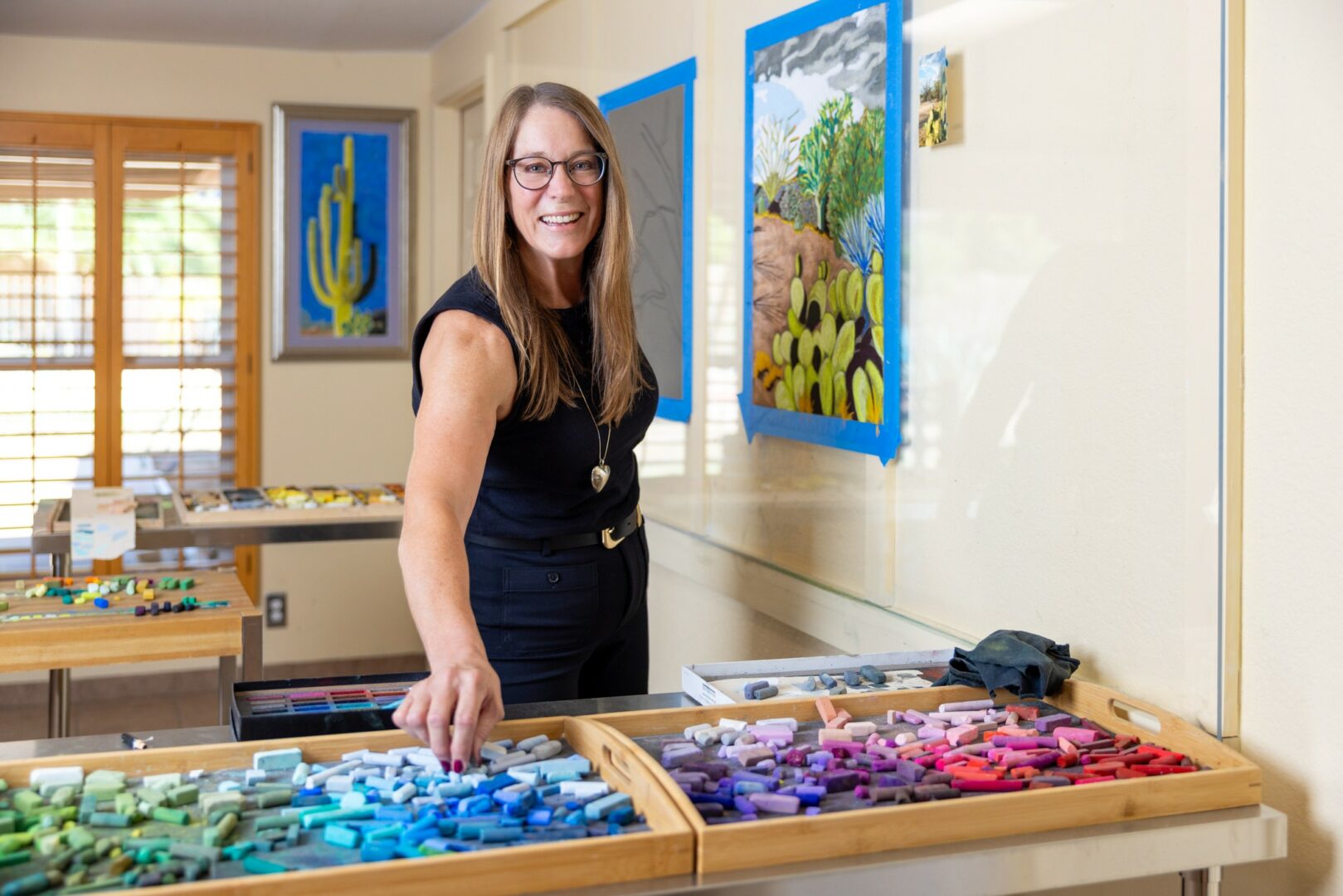Barbara Rachko shared their story and experiences with us recently and you can find our conversation below.
Hi Barbara, thank you so much for taking time out of your busy day to share your story, experiences and insights with our readers. Let’s jump right in with an interesting one: What makes you lose track of time—and find yourself again?
When I am having a productive day in the studio, I am fully present and absorbed. Working in soft pastel on sandpaper, I become immersed in solving technical problems and improving the painting on my easel. Hours pass unnoticed, and I often need to remind myself to stop for lunch. Nothing exists except the work and my relationship with it.
Most artists know this feeling of flow—a state of being that’s both natural and essential to creative work.
Can you briefly introduce yourself and share what makes you or your brand unique?
I am a contemporary painter based in New York City, best known for large pastel-on-sandpaper paintings inspired by Bolivian Carnival masks and Latin American folk art. For more than 40 years, I have been committed to elevating pastel as a fine art medium.
My blog, “Barbara Rachko’s Colored Dust,” has 229,000 subscribers, and I am the subject of the documentary “Barbara Rachko: True Grit,” available on YouTube. My e-book, “From Pilot to Painter,” tells the story of my journey from Navy Commander, commercial pilot, and Boeing-727 Flight Engineer to professional artist.
My work has been developed into three major series—“Domestic Threats,” “Black Paintings,” and “Bolivianos.” In 2023, I was featured in a documentary that premiered at the Newport Beach Film Festival, winning both the Audience Award and Best in Category.
Appreciate your sharing that. Let’s talk about your life, growing up and some of topics and learnings around that. What’s a moment that really shaped how you see the world?
On September 11, 2001, my husband, Bryan Jack, was a passenger on the plane that was hijacked and crashed into the Pentagon. Losing Bryan was devastating beyond words. We were newly married, and he was my soulmate.
That day reshaped my life. I learned not to waste precious time because everything can change in an instant. In the studio, I push myself and the pastel medium to new technical heights. When I complete one task, my first thought is always: “What’s next?”
What have been the defining wounds of your life—and how have you healed them?
The deepest wound was losing Bryan on 9/11. I resolved not to become another victim of that tragedy and chose to continue living and making art.
Because I depend on reference photographs for my work, my first hurdle was learning to use Bryan’s 4×5 view camera. He had always taken the photos for me. In 2002, I enrolled in a photography workshop at the International Center of Photography in New York. To my surprise, I had absorbed a lot just from watching him, and I went on to formally study photography for several years. In 2009, I was invited to present a solo photography exhibition at a New York gallery.
By 2003, I resumed my “Domestic Threats” series. The first large pastel I completed from one of my own photographs was titled, “She Embraced It and Grew Stronger.” It was autobiographical: “she” was me, and “it” was life without Bryan.
That series ended in 2007, by which time I was finding more peace. But then I faced a new challenge: creative block. For months I struggled, but I kept showing up daily at my studio. Eventually, a breakthrough came, and I began the “Black Paintings” series. The dark backgrounds represented the place I had emerged from; the vibrant figures symbolized resilience and life.
In 2017, inspired by a museum exhibition in La Paz, I began “Bolivianos,” based on Carnival masks. Many view this as my boldest and most exciting work yet.
Sure, so let’s go deeper into your values and how you think. What’s a belief or project you’re committed to, no matter how long it takes?
For hundreds of years, pastel was dismissed as a “second-class” medium, used mainly for sketches. My mission for the past four decades has been to prove otherwise.
Pastel is pure pigment—rich, permanent, and luminous. Great artists such as Degas, Cassatt, and Renoir used pastel for finished works, not just studies. Today, I remain dedicated to showing what pastel can achieve as a major fine art medium.
Before we go, we’d love to hear your thoughts on some longer-run, legacy type questions. What will you regret not doing?
Travel has always inspired me, and I have drawn from experiences in Mexico, Guatemala, and Bolivia. But there are still whole continents I haven’t seen—Australia and Africa among them. I hope to continue traveling for as long as possible, gathering inspiration for new work.
Contact Info:
- Website: https://barbararachko.art
- Instagram: https://www.instagram.com/barbararachko_artist
- Linkedin: https://www.linkedin.com/in/barbararachko
- Facebook: https://www.facebook.com/BarbaraRachko
- Youtube: https://www.youtube.com/@BarbaraRachko
- Other: https://barbararachkoscoloreddust.com/
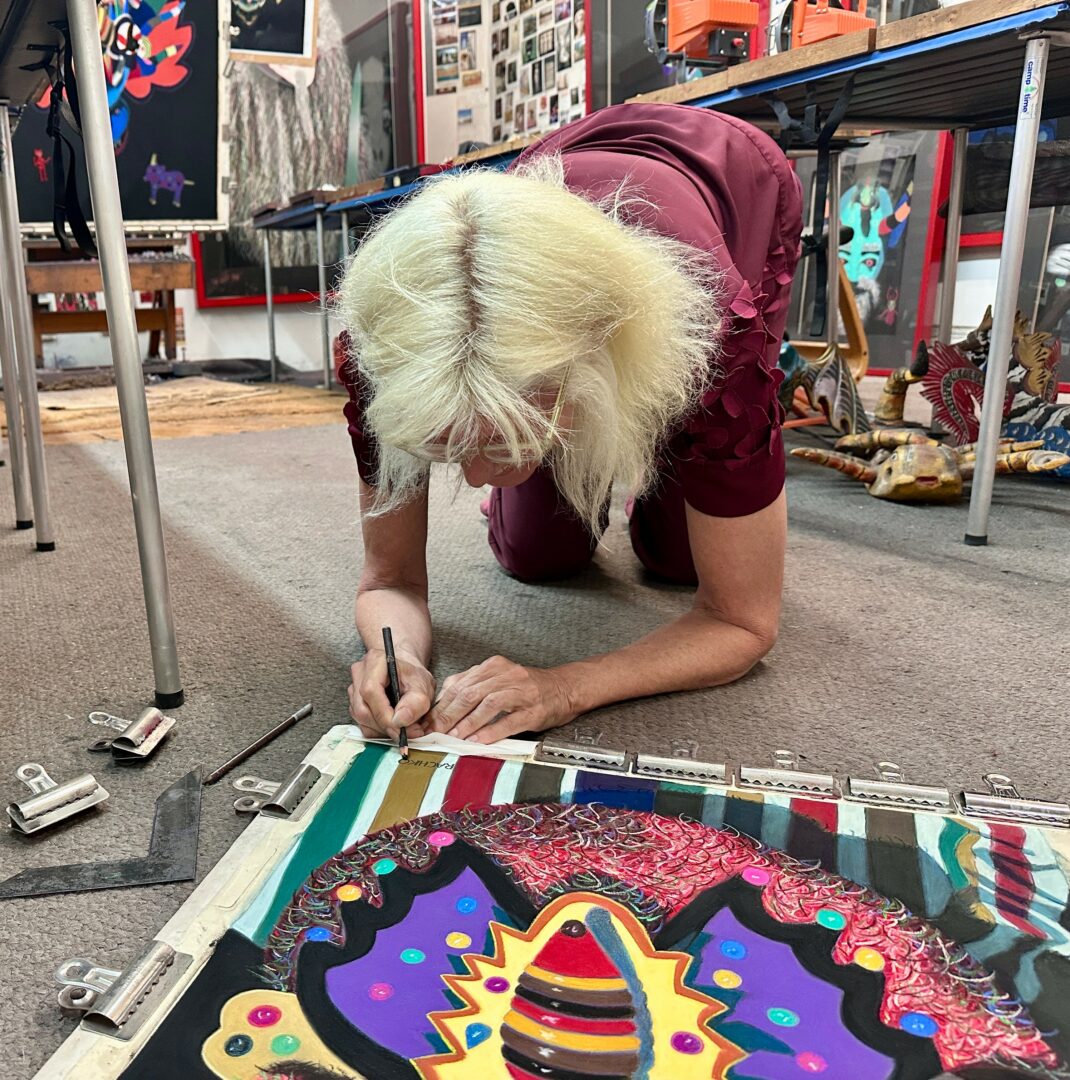
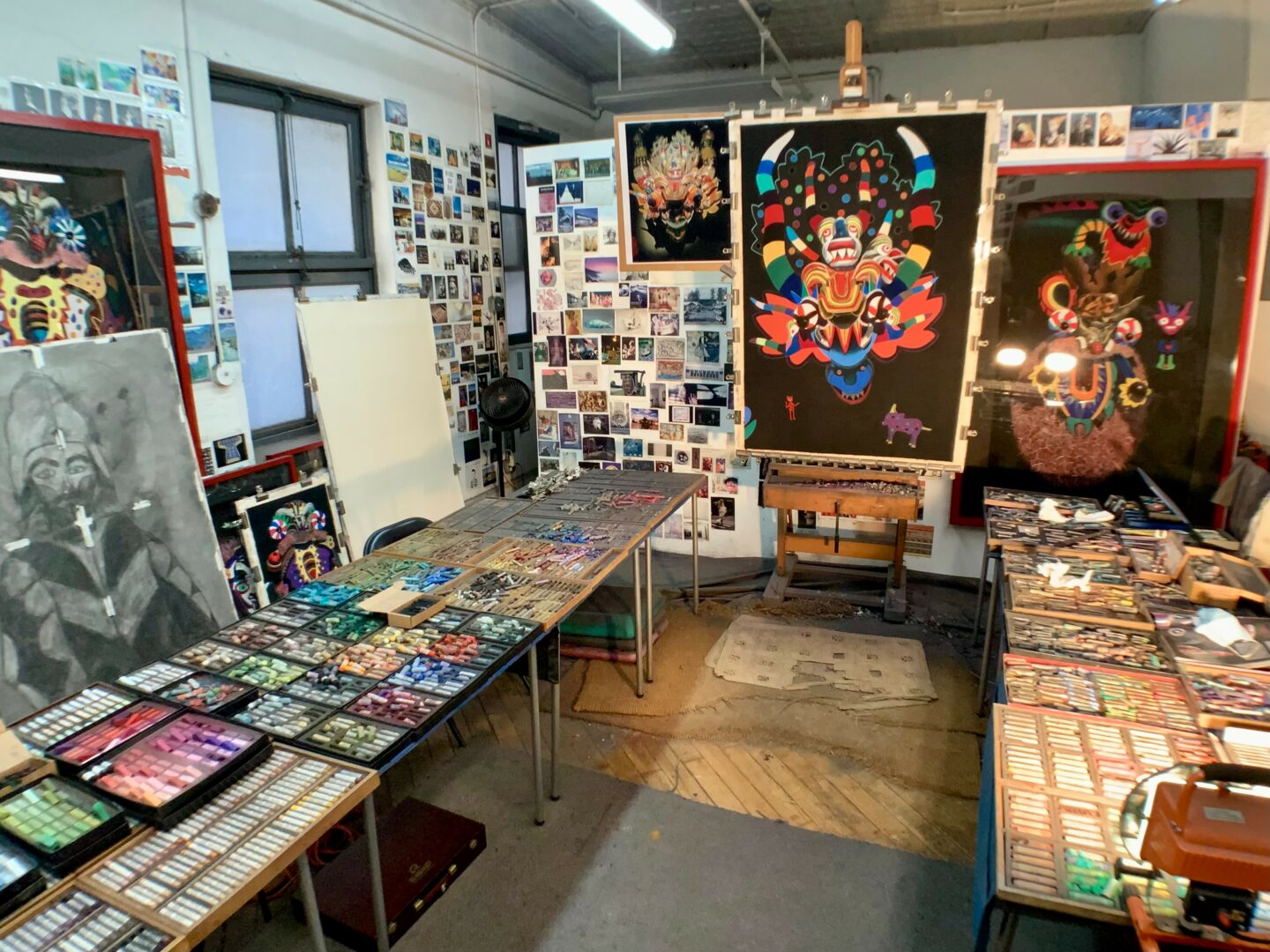
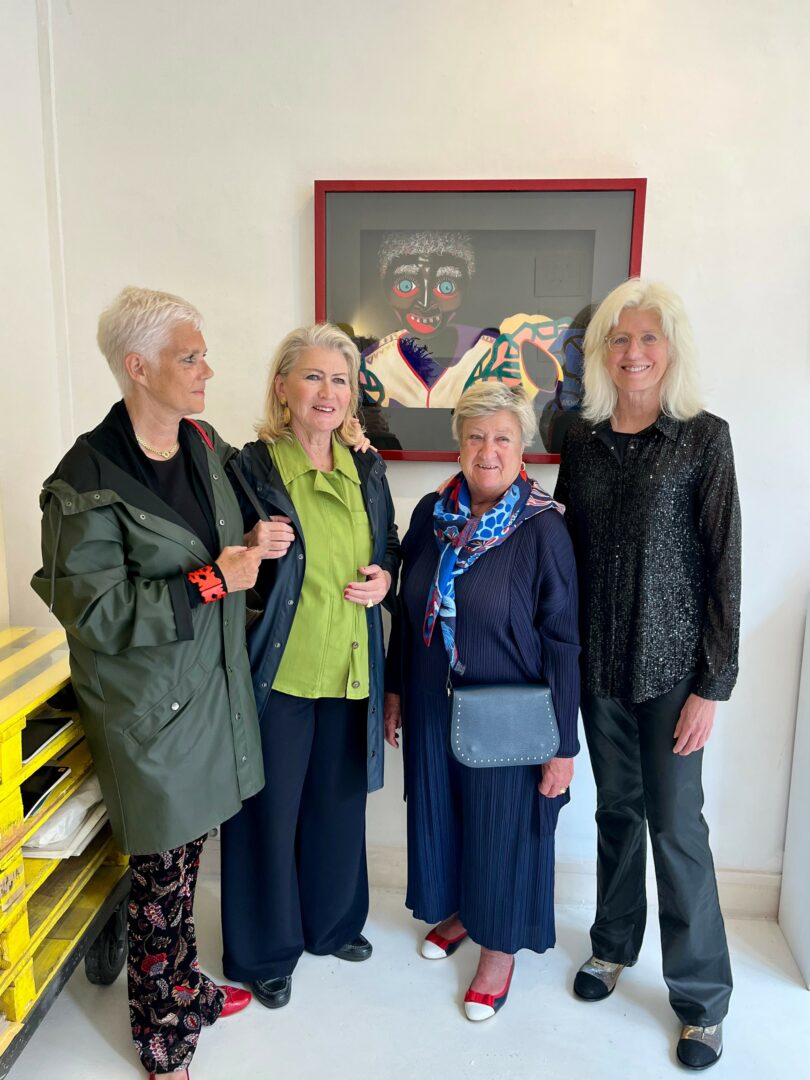
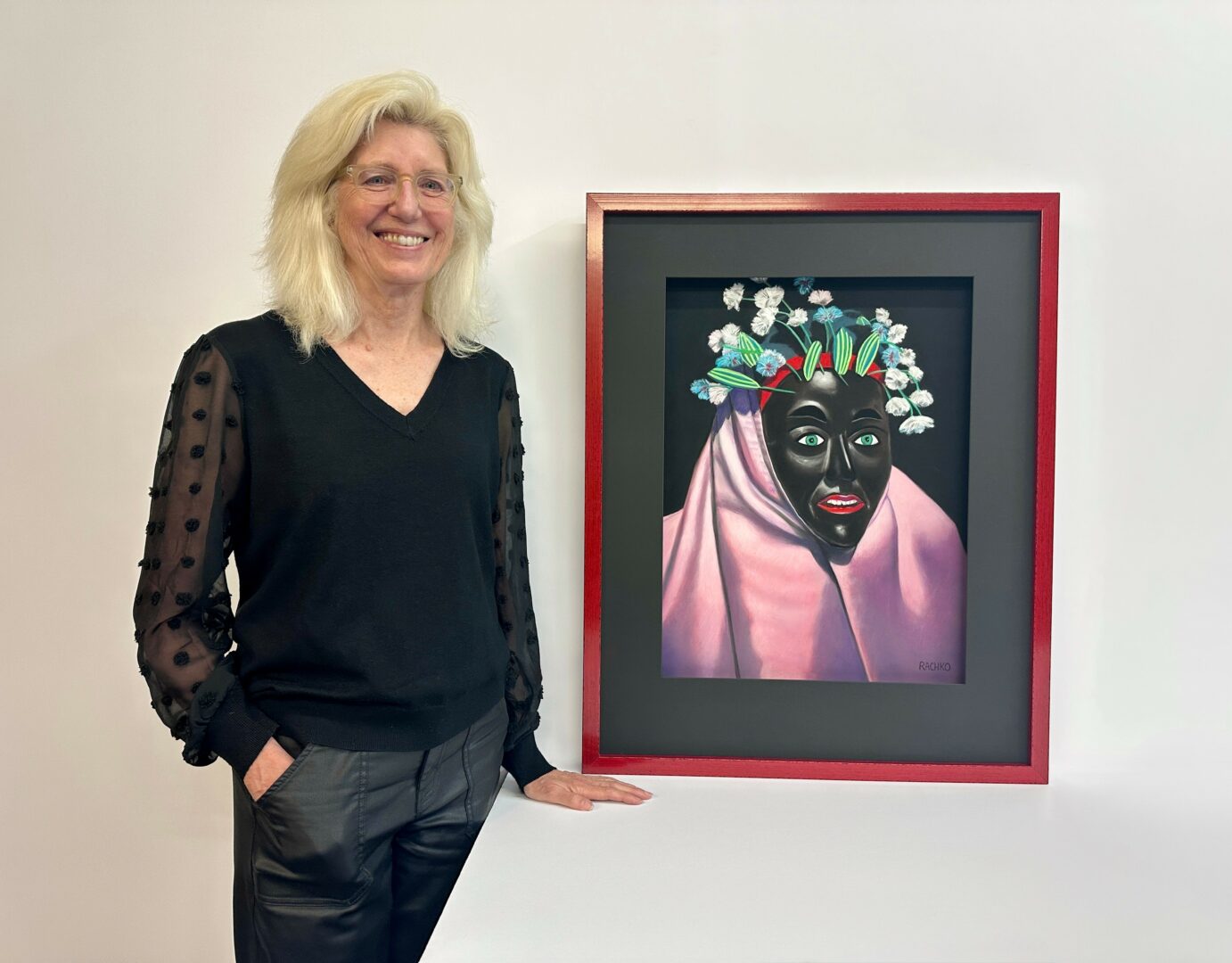
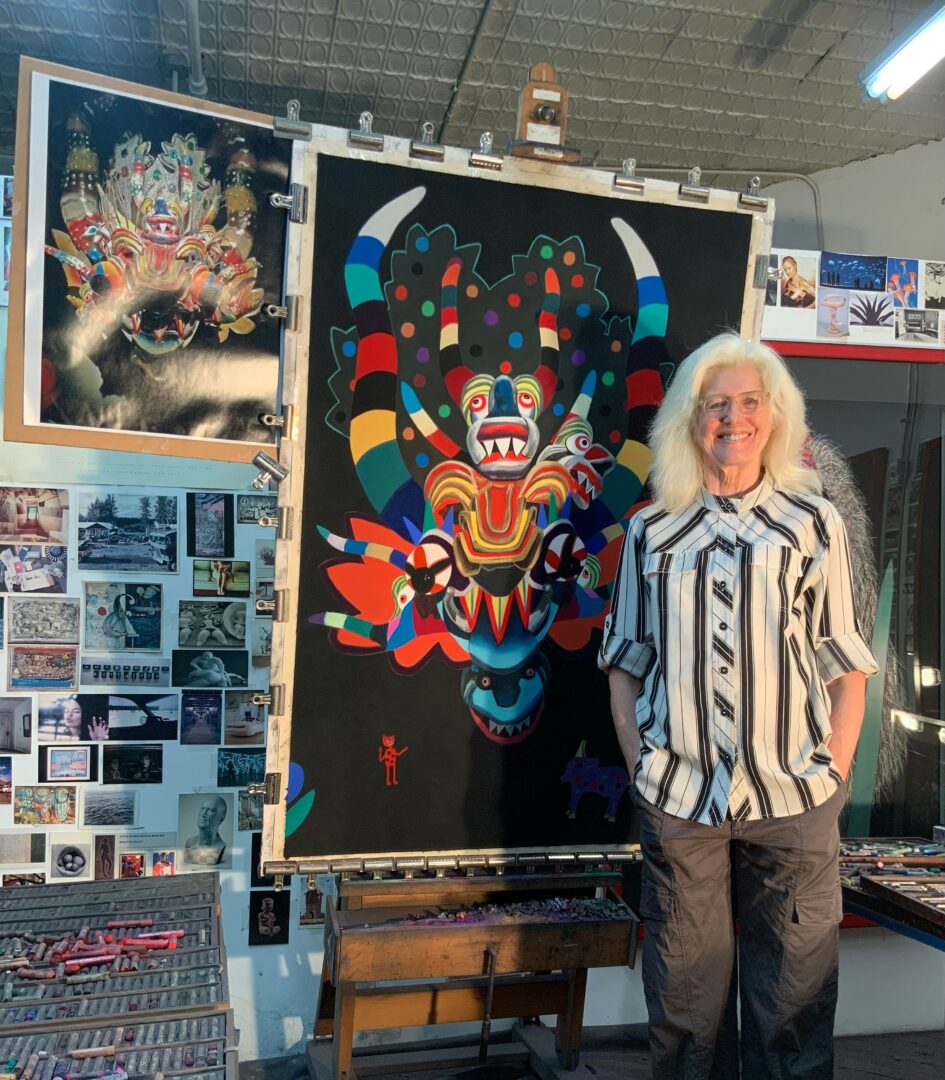
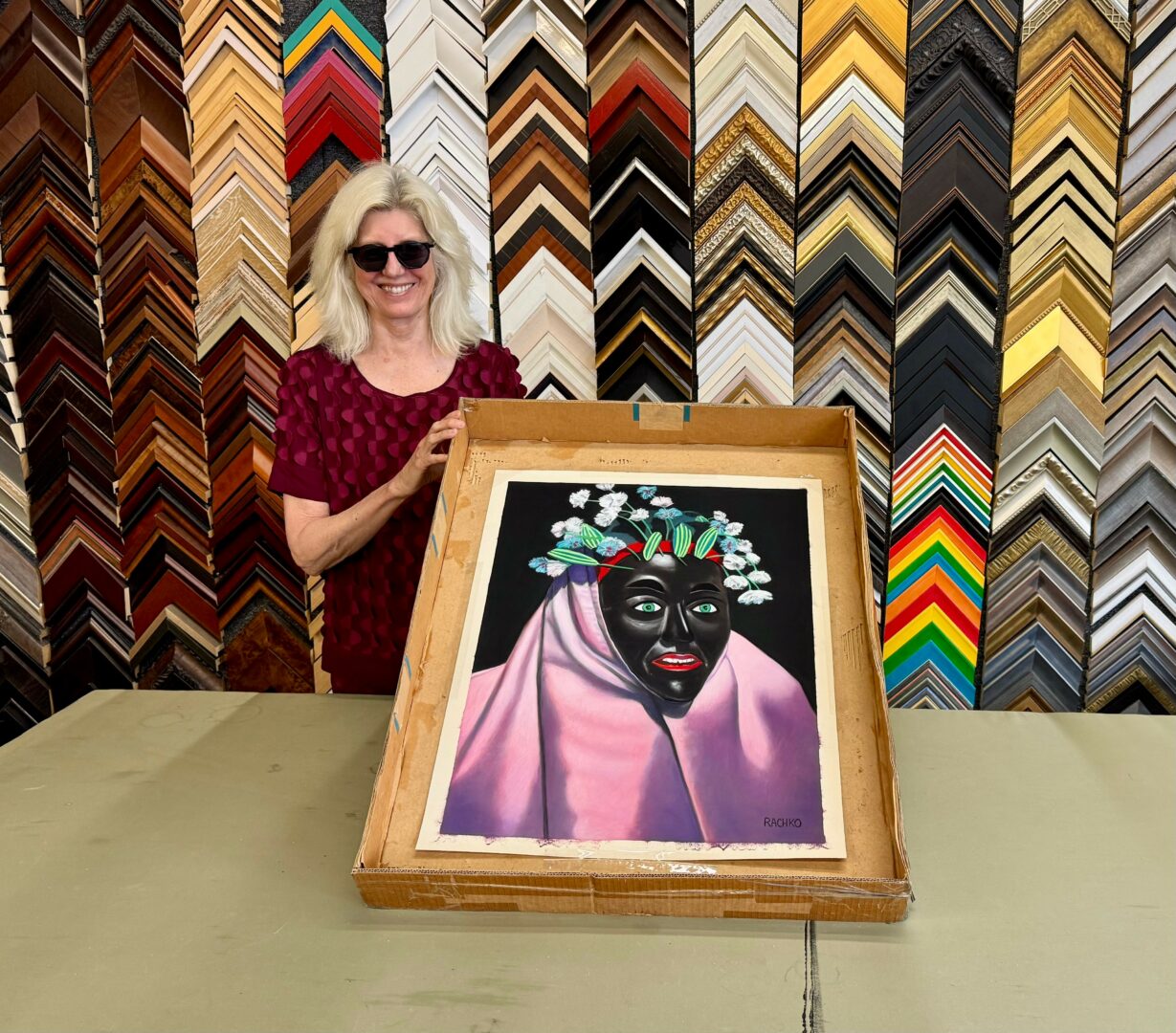
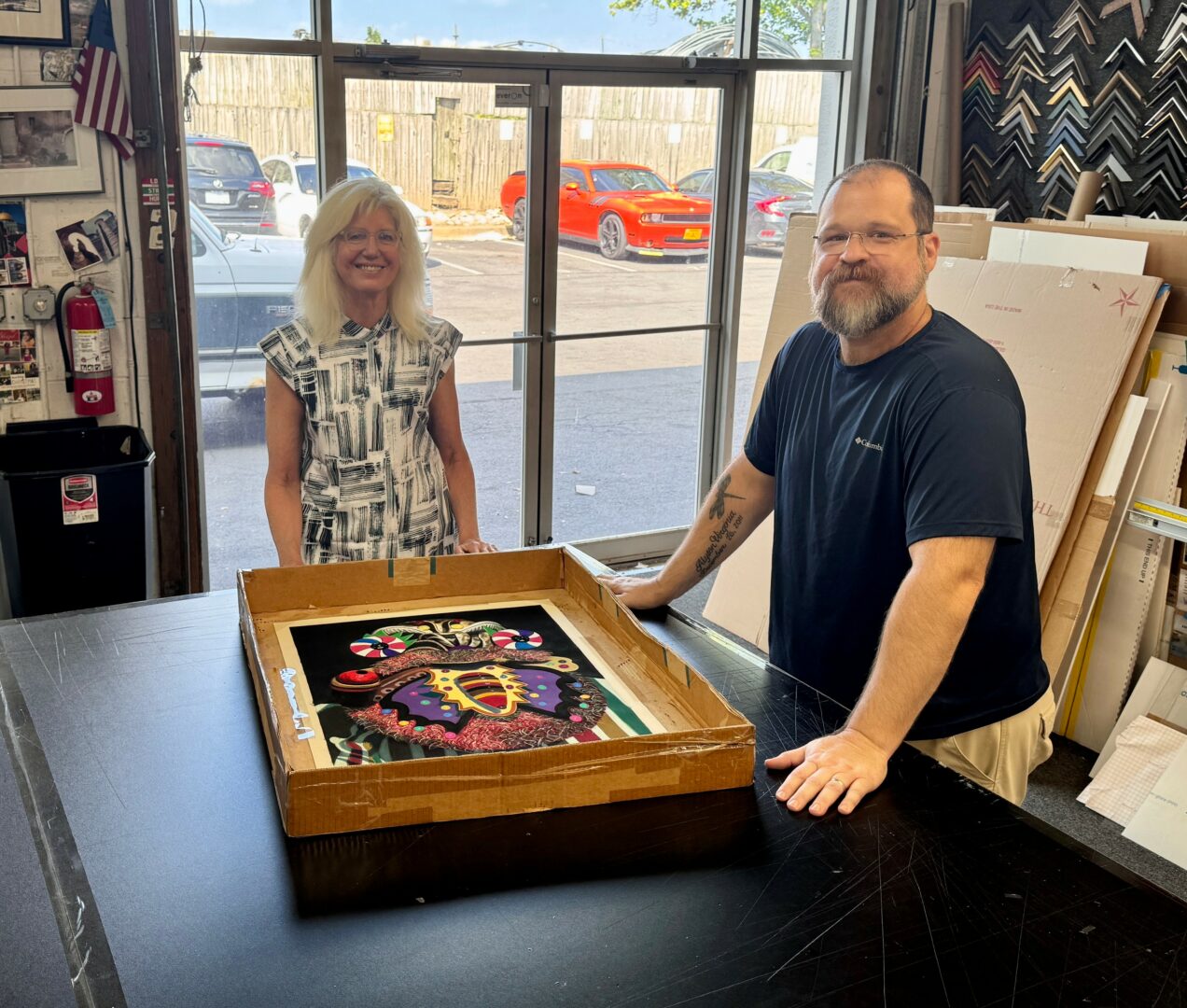
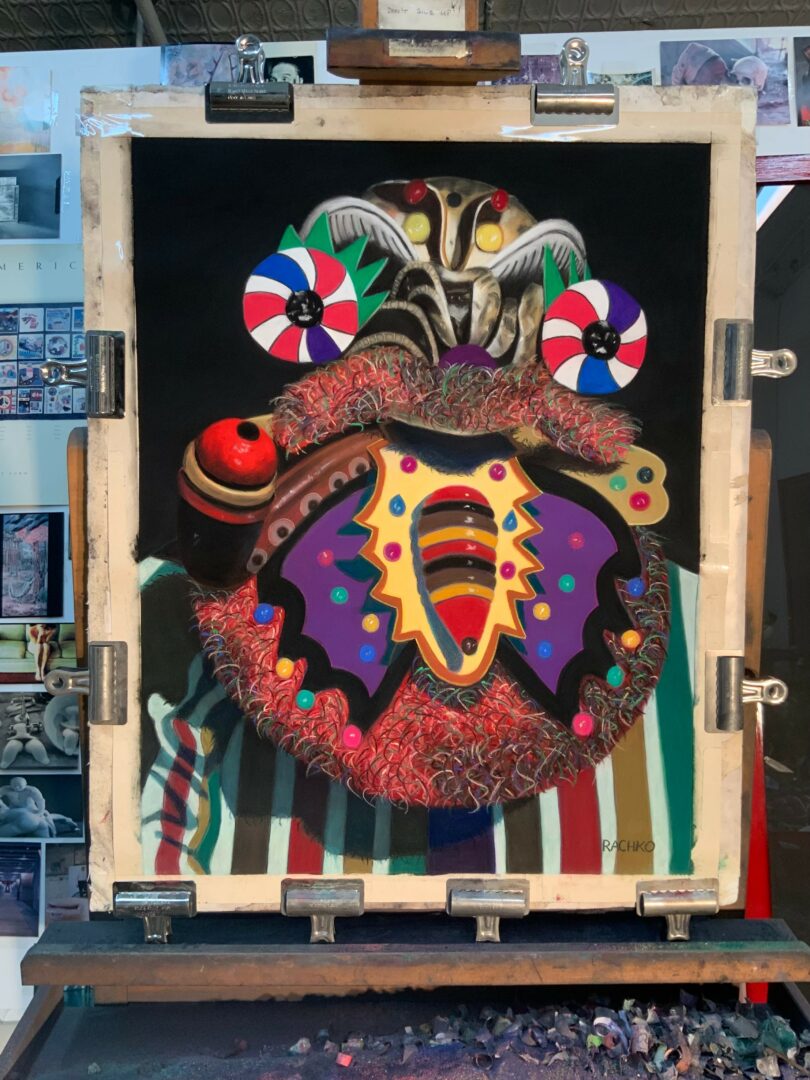
Image Credits
None
so if you or someone you know deserves recognition please let us know here.

